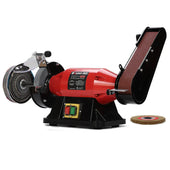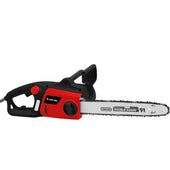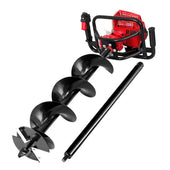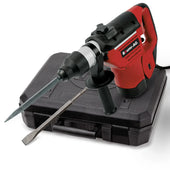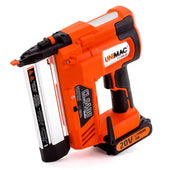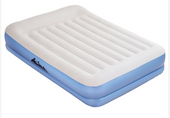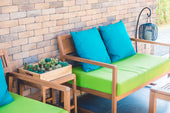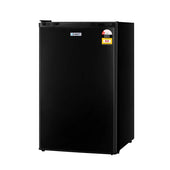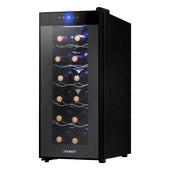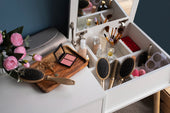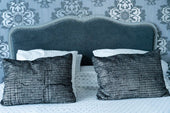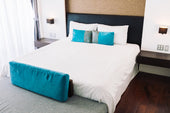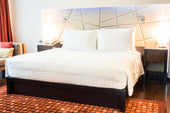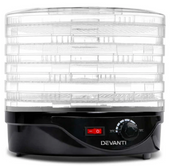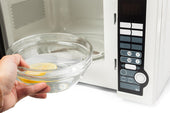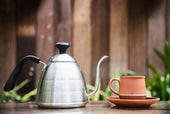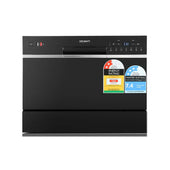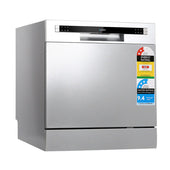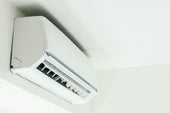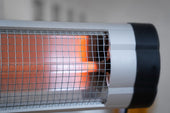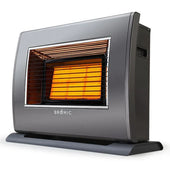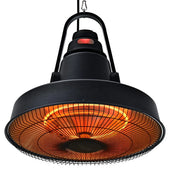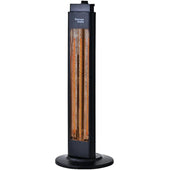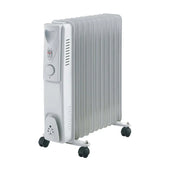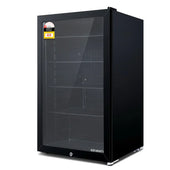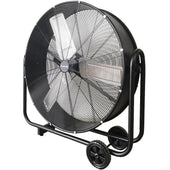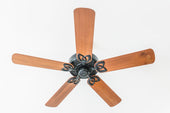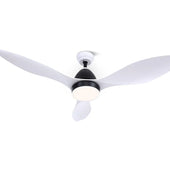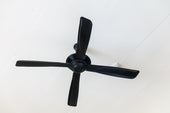Introduction to Sideboards: A Blend of Functionality and Style
A sideboard, often referred to as a buffet, is a versatile piece of furniture that has evolved over the centuries to balance practical utility with aesthetic appeal. Initially used in dining rooms for storing tableware, linens, and serving food, sideboards have now expanded beyond their traditional purposes.
Modern homes utilise sideboards in a variety of spaces such as living rooms, hallways, and even bedrooms. Their functionality is central to organising items, while their design adds visual interest and character to interiors. At During Days, sideboards are available in a myriad of styles, sideboards can complement minimalist, rustic, contemporary, or classic décors seamlessly, making them both practical and stylish additions.
Exploring Traditional Sideboards: Timeless Charm and Classic Craftsmanship
Traditional sideboards reflect elegance through their intricate designs, rich materials, and historic craftsmanship. Crafted predominantly from hardwoods such as oak, mahogany, or walnut, these furniture pieces often feature elaborate carvings, ornate detailing, and polished finishes. They evoke a sense of nostalgia, seamlessly fitting into interiors styled with vintage or classic aesthetics.
Practical yet decorative, traditional sideboards commonly include:
- Cabinetry with paneled doors for concealed storage.
- Drawers for organising cutlery, linens, or keepsakes.
- Decorative tops ideal for showcasing heirlooms or art pieces.
These sideboards harmonise beautifully with antique furnishings, offering both functionality and enduring appeal while enhancing the room’s warmth and character.
The Appeal of Modern Sideboards: Sleek Sophistication for Contemporary Spaces
Modern sideboards are designed with clean lines, minimalist silhouettes, and a focus on functionality. These pieces often incorporate materials like polished metals, tempered glass, and high-gloss finishes, creating a striking yet understated appeal. The use of neutral or monochromatic colour palettes ensures versatility, allowing modern sideboards to blend seamlessly with contemporary interiors.
Features such as push-to-open doors eliminate the need for visible handles, accentuating their sleek aesthetic. Many modern sideboards also include modular designs, offering customisable storage solutions. With options like integrated LED lighting or textured accents, they provide both practicality and visual interest.
This combination of style and utility makes modern sideboards the epitome of sophistication.
Material Matters: Wood, Metal, and Glass in Traditional and Modern Designs
Materials play a crucial role in differentiating traditional and modern sideboards. Traditional designs predominantly utilise wood, featuring rich tones like mahogany, oak, or walnut. These pieces often highlight carved detailing, emphasising craftsmanship and heritage. In contrast, modern sideboards tend to incorporate metal and glass, lending a sleek, minimalistic appearance.
- Wood in modern styles is often lighter or engineered, providing clean lines.
- Metal elements, such as steel or aluminium, contribute industrial or contemporary appeal.
- Glass accents feature in both finishes and functional areas like doors and shelves, enhancing transparency.
Transitions between materials, like wood-metals blends, also appear in transitional designs, bridging aesthetics seamlessly. Various finishes elevate each material’s distinct characteristics.
Understanding Aesthetics: Classic Ornate Details vs Minimalistic Elegance
When comparing classic ornate designs and minimalistic elegance in sideboards, aesthetics play a pivotal role. Traditional sideboards often feature intricate carvings, rich wood finishes, and decorative embellishments reflecting timeless craftsmanship. These ornate details appeal to those seeking warmth and a sense of heritage in their interiors.
On the other hand, modern sideboards emphasise clean lines, muted colour palettes, and functionality. Minimalistic sideboards bring a refined simplicity, perfect for contemporary spaces that value understated charm and sleek design.
The choice hinges on personal preference and home decor style, balancing traditional artistry and modern minimalism to suit individual tastes and spatial needs.
Functionality Comparison: Storage Solutions in Traditional and Modern Sideboards
Traditional sideboards often feature classic compartmentalised designs with cabinets, drawers, and occasional open shelves. These units prioritise organisation and are typically ideal for storing dining essentials such as crockery, cutlery, and table linens. Their craftsmanship often incorporates intricate woodwork and sturdy materials suitable for long-term use.
Modern sideboards, on the other hand, lean towards minimalist configurations, blending functionality with contemporary aesthetics. Many offer innovative features, including hidden storage, sliding doors, or modular options that adapt to varied spaces. They frequently integrate multimedia compatibility, accommodating tech-savvy users by providing cable management or housing electronics seamlessly.
The shift in design reflects evolving storage needs, with traditional styles focusing on compartmentalisation whereas modern ones emphasise adaptability and multifunctionality.
How to Choose the Right Style for Your Home Decor
Choosing the right sideboard style requires attention to various factors that complement your home’s decor. Begin by analysing the existing interior design. A modern sideboard fits well in spaces with clean lines, open layouts, and neutral tones, while traditional pieces shine in rooms with ornate furniture and warm, rich hues.
Consider functionality alongside aesthetics. Modern designs often emphasise minimalism and functionality, integrating hidden storage with sleek surfaces. Traditional sideboards, however, may offer classic craftsmanship, detailed carvings, and antique charm.
Lastly, assess personal taste and lifestyle. Those who prefer timeless elegance may gravitate towards traditional, while others with contemporary preferences might favour modern styles.
Adapting Sideboards to Various Spaces: Dining Room, Living Room, and More
Sideboards are versatile additions to different spaces, seamlessly blending functionality with style.
- Dining Room: In the dining room, sideboards serve as practical storage for tableware, cutlery, and serving platters. Their surface becomes a perfect spot for buffet-style dining or decorative displays.
- Living Room: In living areas, sideboards provide storage for books, electronics, or decorative pieces while anchoring the space aesthetically. They can also support a television or art arrangements.
- Hallways and Bedrooms: Narrower designs fit well in hallways, offering storage for keys and shoes. In bedrooms, they can act as chic alternatives to dressers.
Customisation options make them adaptable to a range of room layouts and decor styles.
Price Points: Budget-Friendly Options and Premium Designs in Both Styles
Both modern and traditional sideboards offer a range of prices, catering to diverse budget preferences.
Budget-Friendly Options
- Modern Sideboards: Affordable designs often feature simple, flat surfaces and materials like laminate or MDF, making them accessible to buyers seeking contemporary aesthetics without a hefty price tag. These pieces tend to focus on functionality with minimal ornamentation.
- Traditional Sideboards: Entry-level pieces may utilise veneer finishes and mass-produced craftsmanship to replicate classic detailing. While slightly more intricate than modern options, they achieve a timeless look at lower costs.
Premium Designs
- Modern Sideboards: High-end variants command higher prices, frequently due to premium materials such as solid wood, steel, or tempered glass. Features like innovative shapes, hidden compartments, or glossy finishes elevate the appeal.
- Traditional Sideboards: Luxurious versions showcase intricate carvings, solid hardwoods, and hand-applied finishes, reflecting enduring elegance and artisan-quality workmanship. Price increases correlate with design complexity and superior materials.
Understanding cost differences can guide buyers towards the ideal style within their budget.
Combining Styles: Can Traditional and Modern Sideboards Coexist?
Blending traditional and modern sideboards within a single space requires a careful balance of aesthetics to create harmony rather than visual clash. Choosing complementary materials is essential; a traditional wooden sideboard can pair well with a sleek modern one made of metal or lacquered finishes if their tones align. Placement matters too—spacing ensures each piece maintains its visual impact.
To unite these contrasting styles:
- Focus on a cohesive colour palette: Neutral tones or a shared accent colour tie the styles together.
- Incorporate transitional décor: Accessories like mirrors, vases, or art act as bridges between traditional and modern elements.
- Use proportions deliberately: Avoid overwhelming the space by maintaining scaled balance between the two designs.
Experimentation with style interplay can offer depth and charm to any room.



